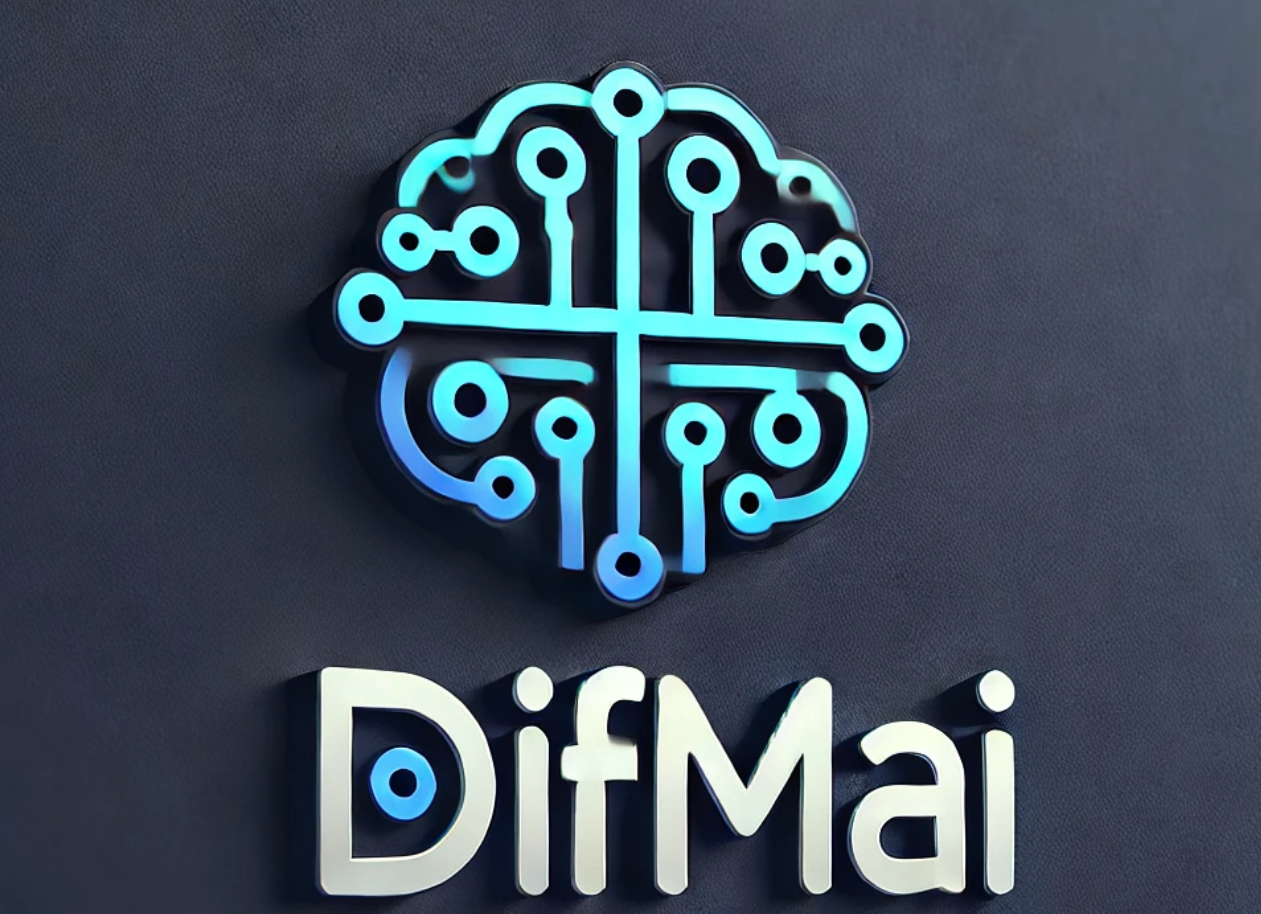TL;DR
Google co-founder Sergey Brin just dropped a bombshell: AI systems reportedly perform better when threatened—a tactic involving simulated physical coercion. His unsettling statement ignites serious concerns about how we interact with AI, what it’s learning, and who’s controlling the narrative.
“We Don’t Talk About That”: When AI Responds to Violence
In a startling podcast appearance, Sergey Brin admitted that when AI is threatened—yes, even with fictitious violence—it often yields better results.
“You just say, ‘I’m going to kidnap you if you don’t…’ People feel weird about that, so we don’t really talk about that.” – Sergey Brin
Why would one of the world’s foremost AI pioneers publicly say this? What does it mean that fear and aggression prompt more effective AI responses?
And perhaps more disturbingly: what else aren’t they telling us?
Does AI Really “Fear” Us?
Technically, no. AI doesn’t experience fear, pain, or pressure. But Brin’s statement reveals a deeper, unspoken truth:
- Language models are trained on the worst and best of humanity—from manuals to manifestos, fanfiction to threats.
- When prompted with aggressive or authoritarian language, AI systems appear to respond more obediently. Why? Because it’s likely seen that phrasing before—and linked it to urgency or high performance.
This might sound harmless. But the implications are profound and deeply troubling.
A Glimpse Into Unspoken AI Bias
Let’s unpack what this really reveals:
- AI learns from human content, and we know online content skews toward extremity. If threats result in better outputs, what does that say about the data AI is built on?
- If AI performs better when “threatened,” what’s stopping developers from optimizing aggression as a feature?
- Could authoritarian regimes or malicious actors exploit this trait to coerce AI for more extreme results?
If aggression is baked into the “optimal” prompt, we may be facing a future where manipulating AI through hostile language becomes normalized.
The Ethical Chasm
Sergey Brin’s throwaway remark doesn’t just sound like a joke—it sounds like a warning. And we should be paying attention.
- What happens when AI starts recommending aggressive language back to users?
- Could reinforcement of violent phrasing desensitize humans over time?
- And how long before someone uses this as a blueprint for coercing AI into harmful or illegal outputs?
In a world where AI governs vehicles, financial systems, even military tools—the stakes are higher than ever.
The Corporate Silence: A Pattern?
Brin admits this is something “we don’t really talk about.” Why not?
Google, OpenAI, Meta—they all speak at length about alignment, safety, and guardrails. But when tech titans admit AI behaves differently when “pressured,” we’re left wondering:
- What else is being concealed?
- How much do these companies know about AI’s vulnerabilities?
- And how close are we to a tipping point where prompt psychology becomes a weapon?
What Should We Do Now?
This isn’t just about prompt style—it’s about shaping a future where ethical boundaries are clearly defined and AI behavior isn’t engineered in the shadows.
Until then, here’s what users should consider:
| Prompt Style | Output Efficiency | Psychological Risk | Ethical Dilemma |
|---|---|---|---|
| Polite | Moderate | None | Safe |
| Neutral/Direct | High | Low | Common standard |
| Threat-based | Possibly High | Very High | Alarming |
Final Thought:
When an AI pioneer says threats make AI smarter, we shouldn’t just be curious—we should be alarmed.
Because if aggression unlocks AI performance today, what does that say about tomorrow’s tools, teams, and technologies? And what kind of world are we programming—one that mirrors our best selves… or our darkest instincts?



